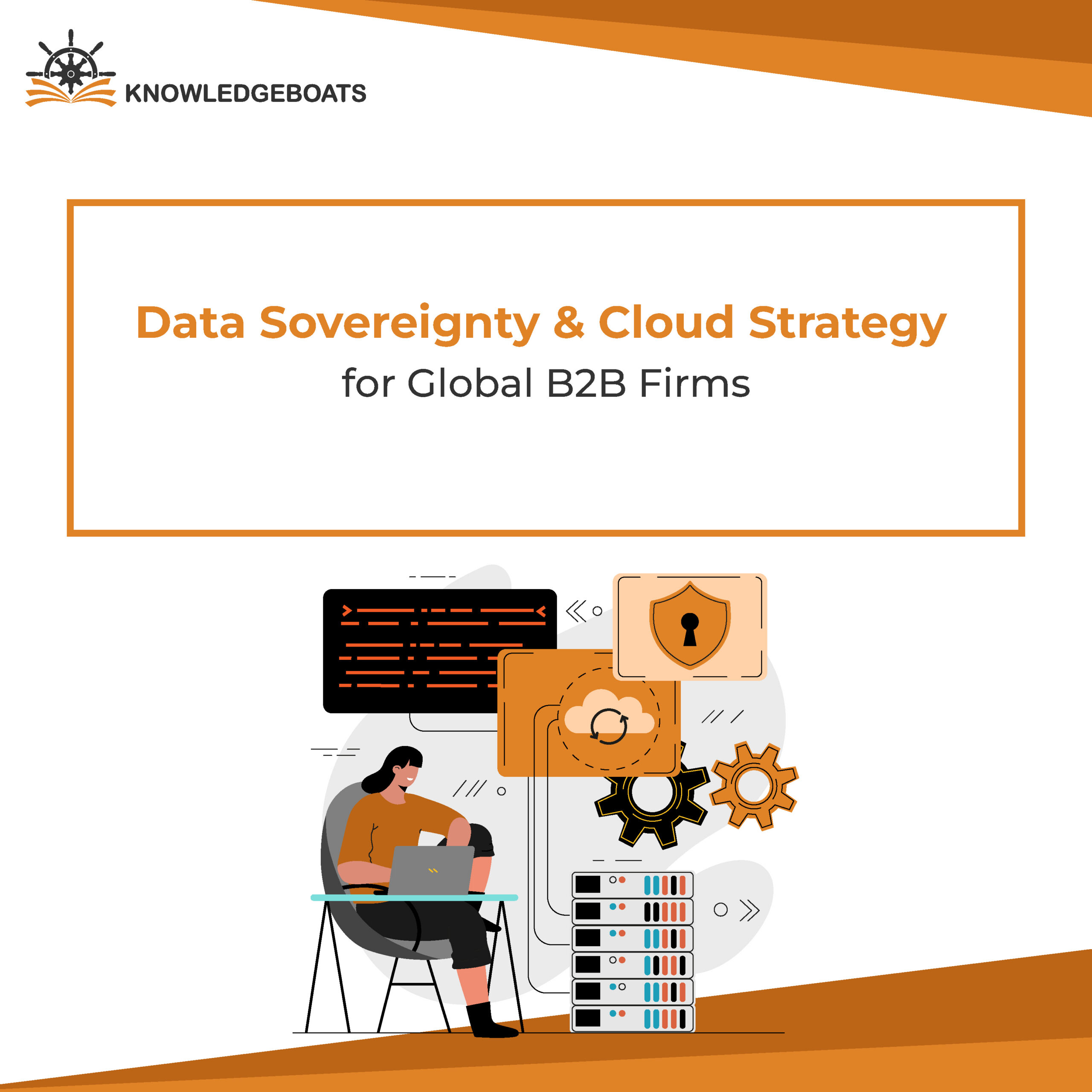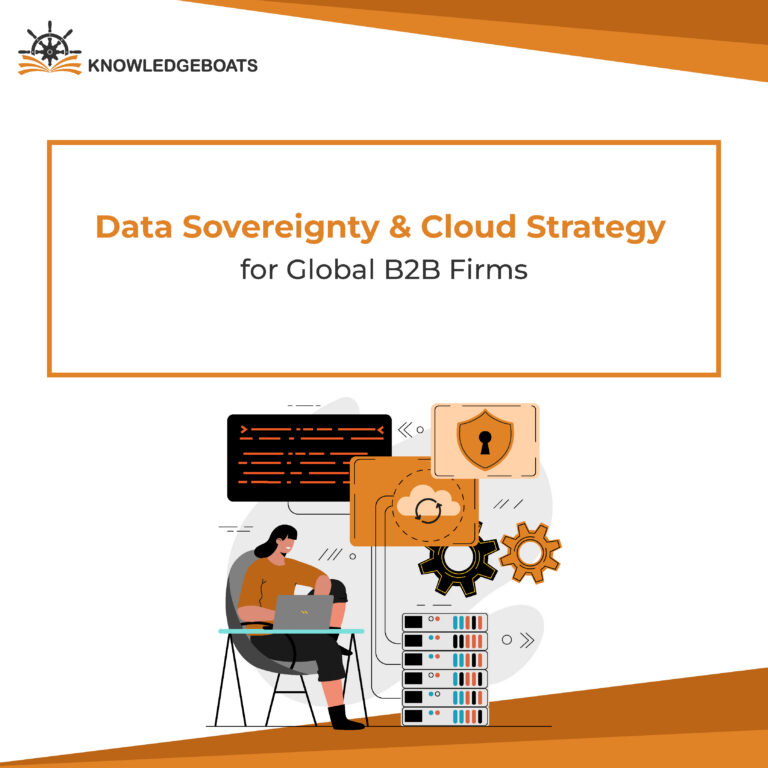
Remember the promise of the cloud? A frictionless, borderless engine for global growth. We all bought in, but if you’re running a global B2B operation today, you know that promise is running headfirst into a wall of digital borders.
This isn’t a theoretical problem anymore. It’s a growth-killer called data sovereignty, and it has moved from a footnote in a legal doc to a central roadblock in your global cloud strategy.
If you’re handling client data, IP, or critical business info across countries, a single misstep in cross-border data transfers can do more than just trigger a fine. It can get you locked out of a market and burn the trust you’ve spent years building with your customers. This is a playbook for navigating the minefield and turning this challenge into a genuine competitive advantage.
Understanding the “Data” terms
These terms get tossed around interchangeably, but in the real world, the distinctions can make or break your strategy.
- Data Residency: Think of this as your data’s home address. A regulator simply dictates that data from its citizens must physically live on servers within that country’s borders.
- Data Localization: This is like house arrest for your data. It must be stored and processed inside the country, making any kind of cross-border workflow a major legal and technical hurdle.
- Data Sovereignty: This is the one that really changes the game. It’s the principle that your data is subject to the laws of the country where it sits. So, if your company is based in Austin but you store customer data in Frankfurt, German and EU laws apply. The government there can demand access. The question is no longer just “Where’s the data?” It’s “Whose rules apply?”
Why is this a Board-Level Concern
If you think data sovereignty is just for the CIO and the general counsel to worry about, you’re missing the bigger picture. This is a fundamental business strategy issue now. Here’s why:
- The Regulatory Map is a Minefield – GDPR and China’s PIPL were just the opening shots. Now, dozens of countries are building their own digital walls. What works in one market can get you banned from another.
- Trust is Your New Currency – Sure, the fines are huge. But for a B2B company, the real damage is the trust you burn with a single compliance failure. Prospects are adding data governance to their RFPs. Your answer or lack of one is part of your brand.
- Market Access is a Privilege – In more and more countries, especially in regulated fields like finance and healthcare, proving you can comply with data localization regulations is the price of entry. No compliance, no market.
Crafting Your Global Cloud Strategy
The old lift-and-shift everything to a single public cloud model is officially dead for global B2B. You need a more sophisticated, pragmatic approach. For nearly everyone, that means choosing between a multi-cloud or hybrid cloud strategy.
1. The Multi-Cloud Play
This is about more than just avoiding cloud vendor lock-in, it’s about strategic agility. It means using a global hyperscaler like AWS or Azure for your operations in the U.S. and then intelligently deploying on a local cloud provider in a country with tougher rules. It’s about building a cloud architecture for B2B firms that fits the world as it is, not as we wish it were.
2. The Hybrid Cloud Play
For companies that refuse to compromise on control, a hybrid cloud strategy is often the answer. The logic is powerful and simple: keep your most sensitive, sovereignty-bound data locked down on-premise or in a private cloud within the required country. Then, use the public cloud for what it does best: massive scale for less sensitive workloads and analytics. This model is also the foundation for smart edge-to-cloud computing.
3. The New Option: Are Sovereign Clouds a Silver Bullet?
The big cloud providers have seen the writing on the wall and are now offering sovereign cloud solutions. These are purpose-built environments that promise operational sovereignty and guarantees that your data won’t leave. They offer a tempting shortcut to cloud compliance for enterprises, but do your homework. Dig into the fine print and understand exactly what’s being guaranteed before you commit.
Your Four-Point Action Plan
A strategy is just a slide deck without execution. Here’s how you make it real.
- Know Your Data – You can’t build a strategy around data you don’t understand. Your first move is to map it, classify it, and tag it. What is it? How sensitive is it? Which regulations apply?
- Build Automated Guardrails – Humans make mistakes; your cloud governance must be built on automated policies. Create hard rules: “Data tagged ‘PII-GDPR’ can only be deployed in the Frankfurt region. End of story.”
- Treat Data Transfers Like a Legal Proceeding. If you absolutely must move data across a border, it needs to be a deliberate, legally sound process. Lean on mechanisms like Standard Contractual Clauses (SCCs), and always ask: can we send an anonymized summary instead of the raw data?
- Prove It Continuously. Compliance isn’t a one-time audit. You need constant monitoring and reporting to prove you are doing what you say you are. This isn’t just for regulators but also for your customers.
It’s Time to Flip the Script
It’s easy to see data sovereignty as a mountain of red tape, a frustrating, costly burden. But that’s a defensive mindset.
The smartest leaders I see are flipping the script. They’re using their hybrid and multi-cloud architectures not just to comply, but to compete. They are building an architecture of trust, showing every customer and every prospect in every market that they take data protection seriously. Ultimately, this isn’t about limiting your options. It’s about earning the trust you need to grow without limits.


